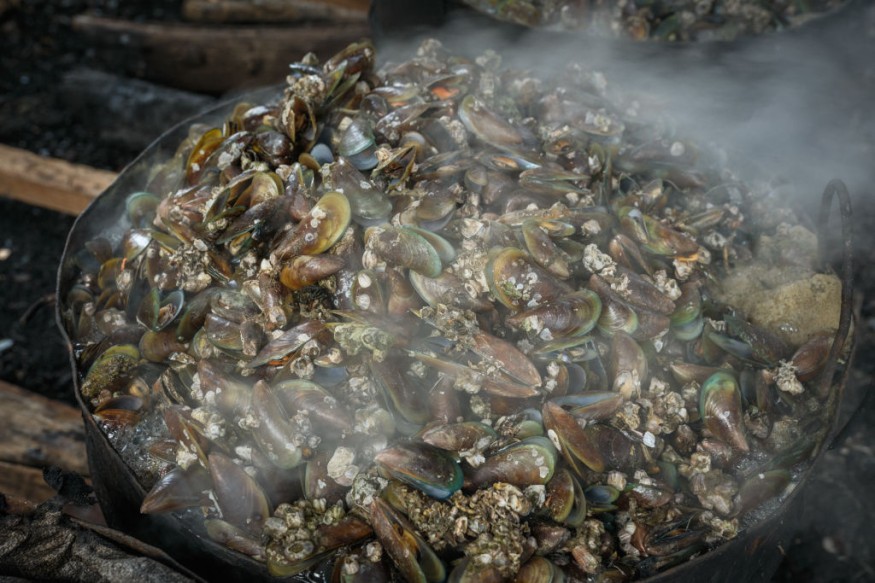
Researchers discovered that during the previous 120 years, the porosity-or small-scale holes-in mussel shells throughout the East Coast of the United States has grown, possibly due to warming waters.
Increased Temperature
Mussels play an important and complex role in their respective ecosystems. They function as both environmental stabilizers and important contributions to marine biodiversity.
Researchers at the American Museum of Natural History used the laboratory trials of previous research on the blue (common) mussel (Mytilus edulis) to study how ocean warming and acidity affect the shape and function of these essential marine animals.
Leanne Melbourne, a Kathryn W. Davis postdoctoral fellow in the Museum's Master of Arts in Teaching program and the lead author on the study, used a historical resource-the Museum's extensive bivalve collection from the late 1800s-to track environmental changes in natural settings.
Experts said museum collections are useful for depicting change across time. Organisms in natural habitats are slowly exposed to changing conditions, with greater time to adjust and more than one stressor.
Melbourne focused on shells collected between the early 1900s and the 1960s from five locations: Nahant Bay in Massachusetts, the southern end of Cape Cod, the tip of Long Island Sound, western Long Island Sound, and New York Harbor.
She then compared these ancient specimens to present-day samples from the same sites, examining the thickness of the shells, surface area and volume, density, and porosity.
The study reveals that shells collected now are much more porous than shells gathered in the 1960s, as well as shells collected at some sites in the early 1900s, implying that temperature increases contributed to increased porosity.
Since 1902, the North Atlantic has seen seasonal temperature rises of up to 3 degrees Celsius (5.4 degrees Fahrenheit), but the warming has not been consistent, which may explain some of the fluctuations in porosity observed in historical specimens.
The North Atlantic Oscillation, a weather phenomenon that resulted in lower-than-expected sea temperatures in the 1960s, also played a role.
"The robustness of mussel shells is integral to the ecosystem services provided by mussel reefs. If their shells are weaker, they are more likely to break, potentially leading to the loss of these crucial organisms," Melbourne remarked.
Impact Of Climate Change
Porosity is known to reduce the structural integrity of mollusk shells, making them weaker and perhaps more vulnerable to harm. More research is needed to identify how climate change in particular may be harming mussel populations.
Aside from making their shells more porous, climate change affects mussels in a variety of ways.
Warmer seas can disrupt mussels' growth patterns, resulting in smaller, less robust individuals, and temperature might affect the timing of reproductive cycles, potentially resulting in mismatches in the availability of plankton required for mussel larvae to survive.
Higher temperatures can also promote the growth of infections and parasites that infect mussel populations, lowering their general health and survival rates.
As ocean temperatures rise, mussels' appropriate habitat range may alter, forcing populations to relocate or suffer extinction in places that become too warm.
As climate change continues to alter marine environments, scientists must conduct additional research to better understand the specific effects of temperature change on these vital organisms and devise strategies to mitigate the potential threats to their survival and the services they provide.
Related Article : Mussels Can Help Protect Belgium's Coast From Erosion, New Report Shows
© 2025 NatureWorldNews.com All rights reserved. Do not reproduce without permission.





